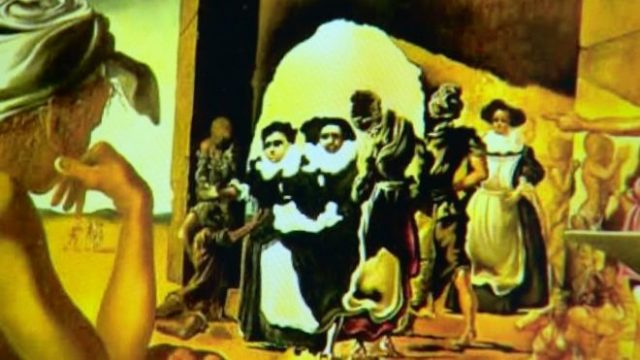MI weekly selection #178

Dali painting used in study of how brain processes information
Scientists used a painting by Salvador Dali to help them discover how the brain processes information. Researchers asked study participants to examine Dali’s 1940 work “Slave Market with the Disappearing Bust of Voltaire,” which is visually ambiguous. “We found very early on … that the brain processes very specific features such as the left eye, the right eye, the corner of the nose, the corner of the mouth,” said study leader Philippe Schyns, who added, “But then subsequent to this … we also found that the brain transfers features across the two hemispheres in order to construct a full representation of the stimulus.”
NASA: Deep-space object likely a brown dwarf
Scientists say a free-floating planetary mass spotted in deep space is likely a brown dwarf. Data from NASA’s Wide-field Infrared Survey Explorer and the Two Micron All Sky Survey led to the discovery of WISEA 1147, which is between five and 10 times Jupiter’s mass and is about 10 million years old.
Bird ancestors may have survived mass extinction thanks to seeds
The dinosaur ancestors of modern birds may have survived the mass extinction of the Cretaceous period because their beaks allowed them to peck on seeds in the nuclear winter that followed a deadly meteor strike.
Beak size of Darwin’s finches linked to HMGA2 gene
The gene behind the various beak sizes of Darwin’s finches on the Galapagos Islands has been identified. Researchers observed an evolutionary change in the birds’ beak size that occurred during a drought on the islands in 2003 and linked it to the HMGA2 gene.
Array of sea life thrives near methane seeps in Arctic
Thriving pockets of life have been found near methane jets in the Barents Sea near Scandinavia, . Researchers have discovered an array of sea creatures living near the seeps deep on the seafloor on the Vestnesa Ridge of the Barents Sea.